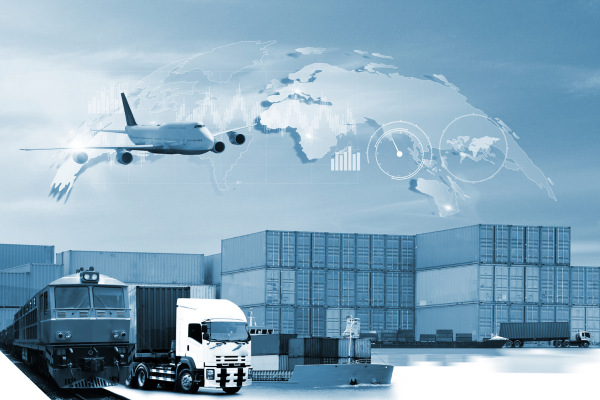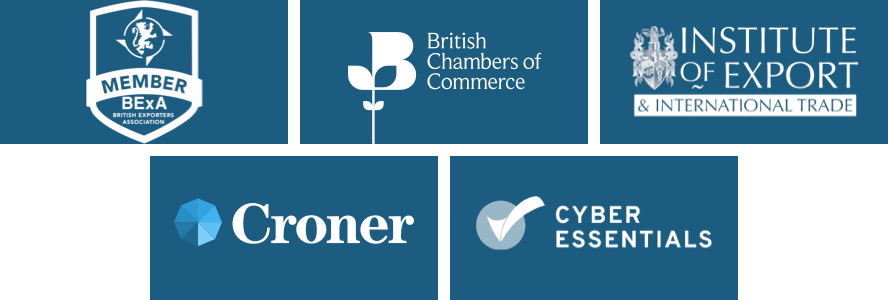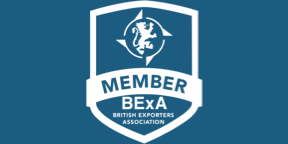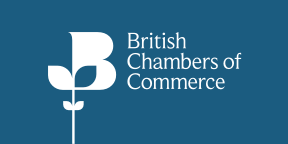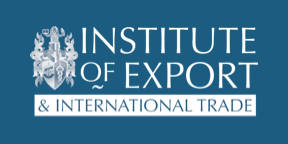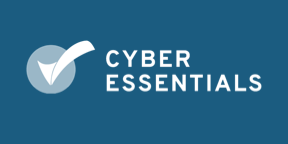BY:
SHARE:

An international sale of goods transaction still requires a plethora of documents and procedures across the commercial, transport, regulatory and payment processes and, yes, the same information, or data elements, is repeated over and over again. This, of course has a very negative time and cost impact on exporters and importers.
Some years ago, UNCTAD reported that ‘Each international trade transaction requires an average of 40 documents of 200 data elements, with 15% repeated at least 30 times and 60-70% repeated more than once’. The situation is now marginally better - but not much! An international sale of goods transaction still requires a plethora of documents and procedures across the commercial, transport, regulatory and payment processes and, yes, the same information, or data elements, is repeated over and over again. This, of course has a very negative time and cost impact on exporters and importers. The real cost of conducting an international trade transaction is incredibly high and, of course, this detracts from overall competitiveness and, at a macro level, constrains economic growth. At a time when we are teetering on recession it becomes increasingly important to control ‘the cost of doing business’. Put very simply, exporters need to focus on developing and marketing their products, rather than completing numerous fields on a plethora of documents. Some readers may remember from decades ago, the SITPRO multi-purpose, carbonated form set, which took just a few minutes to complete and provided virtually everything necessary for a simple export!
In previous articles, I have mentioned that UNCEFACT Recommendation 33 states ‘Within the context of this Recommendation, a Single Window is defined as a facility that allows parties involved in trade and transport to lodge standardized information and documents with a single-entry point to fulfil all import, export, and transit-related regulatory requirements. If information is electronic, then individual data elements should only be submitted once’. This recommendation was made in July 2005. My contention is that seventeen years on, the scope needs to be fundamentally re-considered. Of course, a single point of entry for regulatory requirements, such as export / import declarations – licence applications – Customs special procedure applications – transit procedures – sanitary & Phyto-sanitary certification, must be a good thing. However, most international transactions are standard exports and imports that only require an appropriate customs declaration. For this vast majority of traders, the principal time and cost implications involve preparation of internal commercial documents, shipping documents, origin / preference documents and, sometimes, meeting the documentary requirements of a Letter of Credit.
In emerging markets, where even simple exports and imports can require a plethora of documents, Single Window platforms have a clear benefit for the majority of international traders, so long as they are correctly implemented, funded and operated. However, even in these environments, the expectations of the international trading community are often not realised. The World Trade Organisation Trade Facilitation Agreement recommends the establishment of a Single Window system, preferably completely digital. In Article 1, covering ‘Availability of Information’ it requires the establishment of trader enquiry points, a single portal capturing all the information, regulations and documents a trader may need, such as HS codes, rules of origin, special procedures, fees, duty rates, prohibitions and restrictions, and more. Clearly, it makes absolute sense for countries to combine this with any envisaged Single Window platform. Furthermore, if the Single Window remit extended to generate commercial documents, shipping and insurance instructions, preference documents and bank instructions and documents – the latter relating to documentary collections and Letters of Credit – then it becomes much more exciting and impactful for a majority, rather than a minority, of traders.
And let’s throw this into the mix – the concept of Globally Networked Customs, again included in the Trade Facilitation Agreement. The agreement, and indeed the World Customs Organisation SAFE Framework of Standards, are looking to improve and normalise co-operation and connectivity between national customs agencies. It makes a lot of sense – an exporter’s export declaration automatically becomes the importer’s import declaration, notwithstanding Incoterms implications! – Possibly by linking national Single Window platforms to each other. There may be a natural sequencing from national Single Window platforms to Regional Single Windows, for regional economic communities, such as the system operating in the ASEAN region, on to International Single Windows. Realistically, the latter could be some time away.
Should we read anything into terminology used? Most countries call their single windows simply ‘Single Window’, some countries refer to ‘Customs Single Window’, other countries use ‘Trade Single Window’ whilst, for some reason, in the United Kingdom uniquely, we are calling the platform the ‘Single Trade Window’. To incorporate ‘Trade’ in the name seems very positive so long as the description is accurate and the intention is to, indeed, include ‘Trade’ stakeholders – for example, the importers and exporters, freight forwarders, carriers, port / airport communities, banks and others. Such a holistic approach is what is needed.
Essentially, in the 2020s, Single Window platforms should be designed to be beneficial and fit for purpose to meet traders’ needs for the next two decades. International trade processes are still largely analogue based and there does appear to be a reluctance, globally, to migrate to digital solutions. There are many good reasons for this – such as national legislation, lack of standards, desire for ‘negotiable’ instruments and others – but it is inevitable that there will be a migration, albeit gradual and phased. A comprehensive Single Window platform could be an important ‘accelerator’ factor, but only if it goes far enough. Measure 10.4 of the above-mentioned World Trade Facilitation Trade Facilitation Agreement states:
- Members of the WTO shall endeavour to establish or maintain a Single Window, enabling traders to submit documentation and/or data requirements for importation, exportation, or transit of goods through a single-entry point to the participating authorities or agencies. After the examination by the participating authorities or agencies of the documentation and/or data, the results shall be notified to the applicants through the Single Window in a timely manner.
- In cases where documentation and/or data requirements have already been received through the Single Window, the same documentation and/or data requirements shall not be requested by participating authorities or agencies except in urgent circumstances and other limited exceptions, which are made public.
- Members shall notify the Committee of the details of operation of the Single Window.
- Members shall, to the extent possible and practicable, use information technology to support the Single Window.
There are some interesting elements of the above. For example, Point (1) refers to ‘After the examination by the participating authorities or agencies of the documentation and/or data’. This supports the, rather dated, concept of UNCEFACT Recommendation 33 that the Single Window environment should only include regulatory documentation and procedure functions, rather than a more holistic trade facilitation and enabling approach. Point (2) recommends information technology to ‘support the Single Window’, this underlines the principle that Single Window is not an information technology platform, but a trade facilitation product, preferably utilising information technology. Of course, in the 21st Century, the establishment of an analogue Single Window would be unthinkable, but the terminology used does emphasise the point that Single Window is a ‘trade enabling’ product, rather than an IT system. Governments, globally, do well to remember this when initiating and implementing a system.
So, to return to the question of the benefits likely to accrue for the majority of traders, whose only regulatory activity is the lodging of an import or export declaration. Realistically, such traders will only benefit from a Single Window platform that incorporates facilitation of commercial, shipping and finance processes and documentary requirements in addition to the regulatory elements. This is not a simple ask, it requires a comprehensive standardisation of data elements, security of commercial information, cross-sector co-operation, legislation – for example, allowing electronic waybills the same elements of negotiability as a traditional maritime Bill of Lading – and hardest of all, a change in attitude within the international trading community. The United Kingdom Electronic Trade Documents Bill is an important initiative but, when it comes to generation of export documentation, it is essential that the importing country has matching legislation. In a recent webinar on the UK ‘Single Trade Window’, when asked about the potential impact of the proposed UK platform on a small exporting business, a participant stated that ‘if it would generate documents such as commercial invoices, instructions to freight forwarders, verification of Gross Mass certification and EUR1 preference documents, then it would be very beneficial’. To a trader, it’s all about time and the cost of executing international business. The author would urge traders to participate in current consultations on the UK Single Trade Window – and to be ambitious in stating what is needed from the system – one master entry that generates all other documents needed for all export and import processes - indeed, a digital version of the afore-mentioned SITPRO concept of the 1980s!
OneCall™ Email assistance as and when required; A one-call solution for all your import, export and customs enquiries. Export help. Import help. Customs help.
Stay informed about customs and international trade matters by subscribing to our OneCall™ service. This comprehensive offering includes a dedicated email helpline for support, timely practical updates direct to your inbox (Did You Know?), monthly UK Customs & Trade Briefings and access to an interactive members' area with an exclusive community for our subscribers.
International Trade Updates & Spotlight Newsletter
Subscribe to our free information emails covering international trade topics...
MORE INDUSTRY INSIGHTS...



